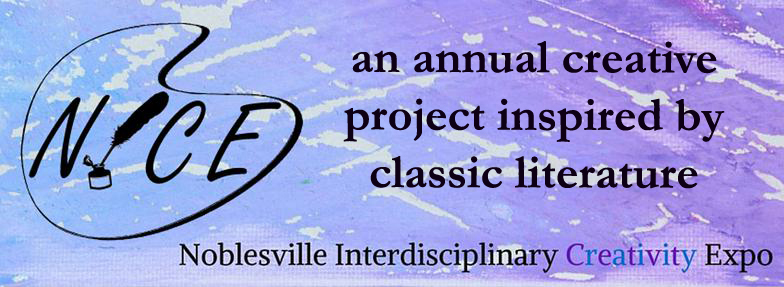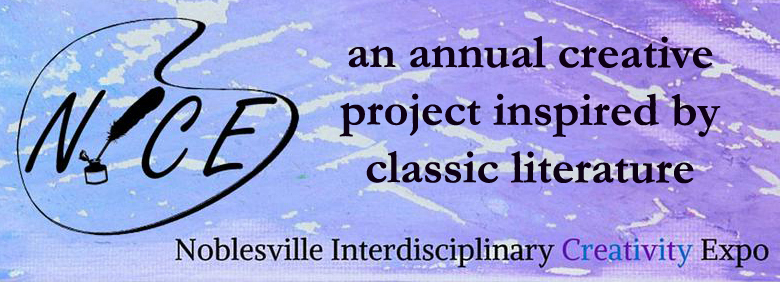
2022 8th Annual NICE Project
Creative Submissions Deadline was 21 August 2022, but please feel free to DIY-NICE!
We’re encouraging Do-It-Yourself interaction with our annual NICE projects because we understand that it’s often tough to find the time to meet with us in our Zoom workshops and/or listen to (yet another!) podcast discussion, even when you’re interested in the subject matter. Most of all, we encourage DIY-NICE interaction because we simply want to promote our love of revisiting classic literature and encourage YOU to find inspiration from them to create fresh new artwork.
Content Note: Written works, especially classics and books set in historical time periods, almost always contain problematic content presented by characters, descriptive passages, and dialogue, even when authors are trying to shed light on such issues from an ally perspective. Problematic content includes, but is not limited to, intolerance of any kind and prejudice and discrimination towards any “groups” of humans related to identity by gender, sexuality, ethnicity or cultural history and/or background, skin color, religion, etc). One of our NICE goals is to discuss and confront problematic content in literature in order to reject racism, misogyny, fascist ideals, and intolerance of any kind.
Here are this year’s Final Four book selections, and the standalone passages from each one:
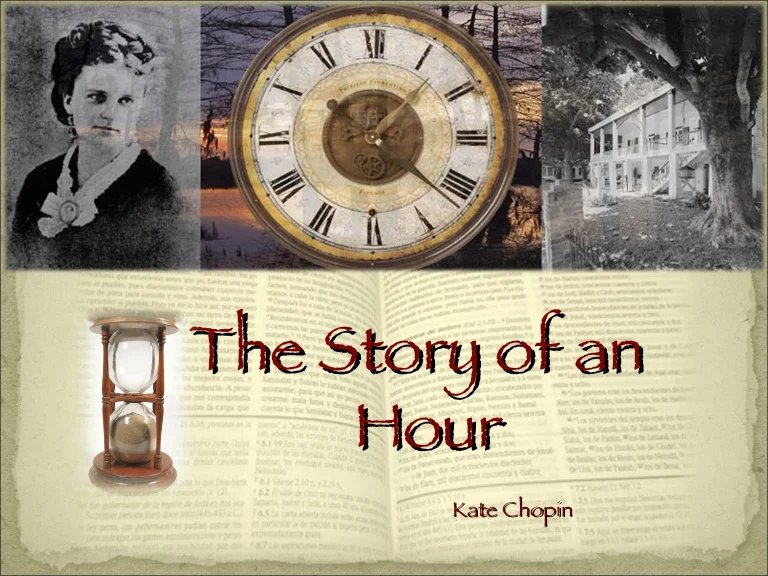
The Story of an Hour
by Kate Chopin (1894, 1895)
There was something coming to her and she was waiting for it, fearfully. What was it? She did not know; it was too subtle and elusive to name. But she felt it, creeping out of the sky, reaching toward her through the sounds, the scents, the color that filled the air.
Now her bosom rose and fell tumultuously. She was beginning to recognize this thing that was approaching to possess her, and she was striving to beat it back with her will – as powerless as her two white slender hands would have been. When she abandoned herself a little whispered word escaped her slightly parted lips. She said it over and over under her breath: “free, free, free!” The vacant stare and the look of terror that had followed it went from her eyes. They stayed keen and bright. Her pulses beat fast, and the coursing blood warmed and relaxed every inch of her body.
She did not stop to ask if it were or were not a monstrous joy that held her. A clear and exalted perception enabled her to dismiss the suggestion as trivial. She knew that she would weep again when she saw the kind, tender hands folded in death; the face that had never looked save with love upon her, fixed and gray and dead. But she saw beyond that bitter moment a long procession of years to come that would belong to her absolutely. And she opened and spread her arms out to them in welcome.
– The Story of an Hour by Kate Chopin (1894, 1895) Read the full short story here: https://americanliterature.com/author/kate-chopin/short-story/the-story-of-an-hour
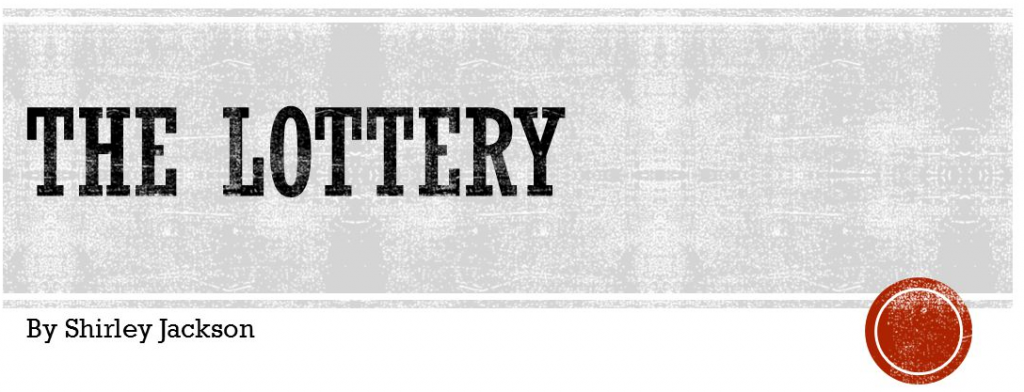
The Lottery
by Shirley Jackson (1948)
The original paraphernalia for the lottery had been lost long ago, and the black box now resting on the stool had been put into use even before Old Man Warner, the oldest man in town, was born. Mr. Summers spoke frequently to the villagers about making a new box, but no one liked to upset even as much tradition as was represented by the black box. There was a story that the present box had been made with some pieces of the box that had preceded it, the one that had been constructed when the first people settled down to make a village here. Every year, after the lottery, Mr. Summers began talking again about a new box, but every year the subject was allowed to fade off without anything’s being done. The black box grew shabbier each year; by now it was no longer completely black but splintered badly along one side to show the original wood color, and in some places faded or stained.
– The Lottery by Shirley Jackson (1948) Read the full short story here: https://www.newyorker.com/magazine/1948/06/26/the-lottery
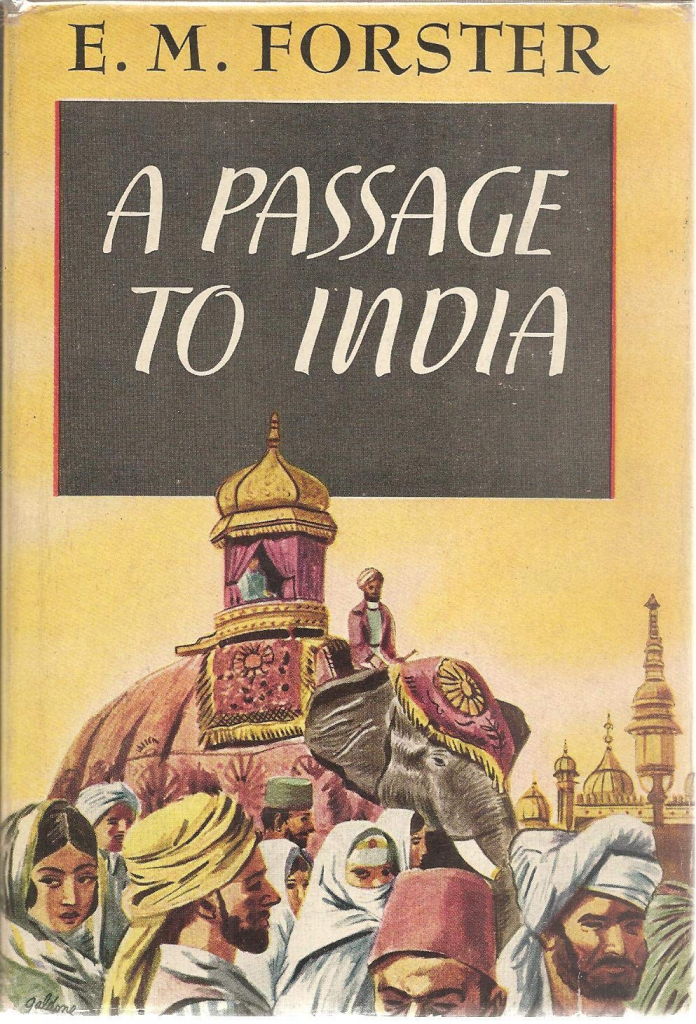
A Passage To India
by E.M. Forster (1924)
There are some exquisite echoes in India; there is the whisper around the dome at Bijapur, there are the long, solid sentences that voyage through the air at Mandu, and return unbroken to their creator. The echo in a Marabar cave is not like these, it is entirely devoid of distinction. Whatever is said, the same monotonous noise replies, and quivers up and down the walls until it is absorbed into the roof. “Boum” is the sound as far as the human alphabet can express it, or “bou-oum,” or “ou-boum,” – utterly dull. Hope, politeness, the blowing of a nose, the squeak of a boot, all produce “boum.” Even the striking of a match starts a little worm coiling, which is too small to complete a circle but is eternally watchful. And if several people talk at once, an overlapping howling noise begins, echoes generate echoes, and the cave is stuffed with a snake composed of small snakes, which writhe independently.
– A Passage to India by E.M. Forster (1924) Chapter 14, pages 147-148
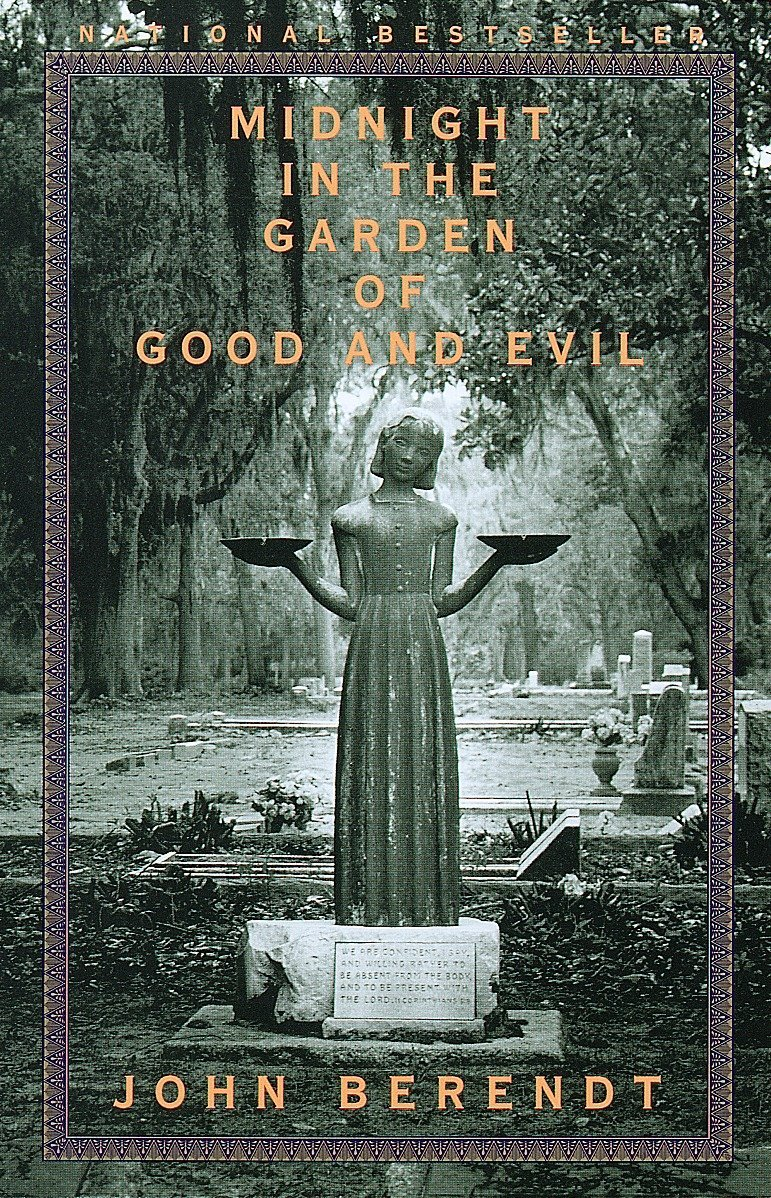
Midnight In The Garden of Good and Evil
by John Berendt (1994)
My third impression of Savannah was somewhat quirkier. I got it from the yellowed pages of an old newspaper that had been used to line the inside of an antique wooden chest that I kept at the foot of my bed. It was from the Savannah Morning News, April 2, 1914. Whenever I lifted the lid of the chest, I was confronted by a brief story that read as follows:
TANGO IS NO SIGN OF
INSANITY, HOLDS JURY
DECIDES THAT SADIE JEFFERSON
IS NOT INSANE
It is no indication of insanity to tango. This
was settled yesterday by a lunacy commission
which decided that Sadie Jefferson is sane. It
was alleged that the woman tangoed all the way to
police headquarters recently when she was
arrested.
That was the story in its entirety. Sadie Jefferson was not further identified, and nothing was said about why she had been arrested in the first place.
– Midnight In The Garden Of Good And Evil by John Berendt (1994) Chapter 2, page 26
NOTE: in Chapter 3, page 42, a librarian at the Georgia Historical Society tells narrator that Sadie was black, because “courtesy title” of “Mrs.” or “Miss” was omitted with Sadie’s name in the news report.
Feel free to send us YOUR creative pieces inspired by the books and/or the standalone passages!
- hi-res PNG or JPG images only
- Format Required for Image file names: YourName_ArtworkTitle.jpg (or .png)
- WORD doc/docx or Google docs only; do not send PDFs (except Submission Form).
- You may use ONE Word/Google doc for all written submissions; please use “page break” between EACH piece, and make sure each piece is titled with your name UNDER the title.
- Format Required for arts bio, prose, poetry, song lyric file names: YourName_Title.doc (or .docx)
- Format Required for text of prose, poetry, song lyrics:
- put “by Author Name” under titles,
- use Times New Roman 12pt, single-spaced, left-aligned (unless a poem has a visual shape).
- our default page alignment for poetry/song lyrics is CENTERED, so if you don’t want your poem/song lyric centered, please type “keep formatting” at the bottom of the poem
- If you would like to send in audio or visual recordings of songs along with your written lyrics document, please submit MP3 or MP4 files; format the files names YourName_SongTitle.mp3/mp4
- Do not use ALL CAPS for titles of poems, prose, or song lyrics.
- Do not underline titles of poems, prose, or song lyrics.
- All submissions must be your own original work; collaborations are welcome.
To submit your creative work to any of our opportunities, please follow file formatting guidelines above, and then use one of the following to submit your files:
• EMAIL Submission Form with your submission files & brief bio (3rd-person) to info@cearts.org
• use WeTransfer (free version) to send all files (submission form, Word docs, 3rd-person bio) to info@cearts.org
• share them in one Google Folder to infog@cearts.org (NOTE: the lowercase “g” in the “infog” part of our address).
